Learning from the World Champions: Robert Fischer on the Spanish Opening
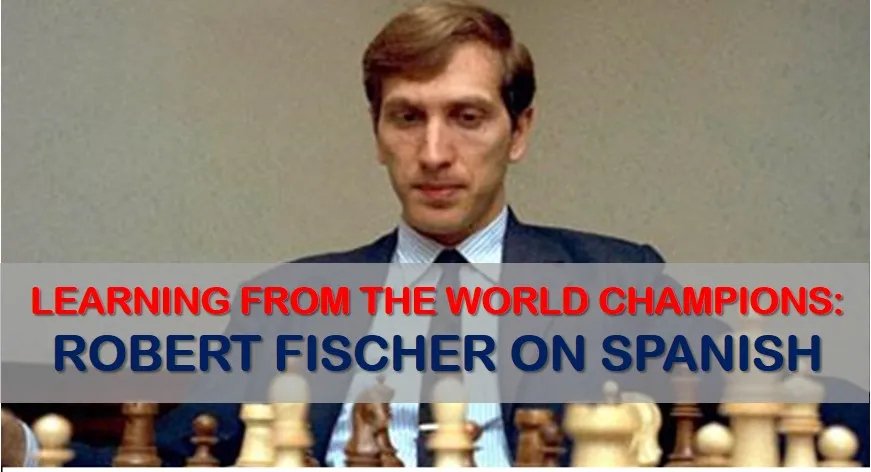
Robert Fischer on the Spanish Opening: A chess player needs to constantly keep looking for new ideas for his opening choices, for future games preparation, or simply for the sake of improving. These new ideas are not always in the Super Elite tournaments but hidden in the past, in the history of our great world champions. In this article, we are going to have an inside look at some of Robert Bobby Fischer’s games and his particular way of handling the Spanish Opening with the white pieces.
Fischer’s record with the Spanish opening was close to perfection. From his games, we can extract a few patterns that he repeated throughout his chess career. In this article, we are going to examine his preference for the “fixed” center in certain lines of the closed Spanish.
Robert Fischer – Part 1
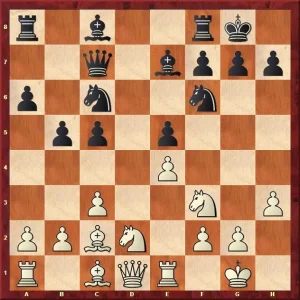
Let’s begin by explaining to our readers the concept of a fixed center. As defined by Alexander Kotov:
“The position of the pawns in the center is in one way or another fixed and it is not easy to alter their position.”
Ready to start systematic training that actually works?
Click here to start your training using the day-by-day program.
So basically we are talking about pawn structures in the center that will stay permanently in the game and define the character of play for both sides. Note that sometimes one side can make extraordinary efforts and by means of sacrifices he can modify the center, but these cases are seen less often.
The most common fixed center and the one we will be analyzing in the games played by Fischer is with pawns on e4 and e5. The general strategy to follow for each side is to play for control (and sometimes occupation) of the key squares d5/f5 (for white) and d4/f4 (for black). Both sides should focus on playing in the center, reinforcing it with piece play.
Spanish Opening – Part 2
To give you an idea of what this means, let’s have a look at the following diagram:
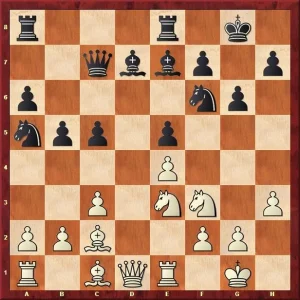
White to Play
White has just captured on e5, obtaining the type of center he was aiming for. The knight on e3 controls f5 and d5. However, black has these two squares well defended by the g6 pawn and the knight on f6. Fischer executes a maneuver that is quite typical in these positions: 16.Nh2! The idea is to play Ng4, removing the knight from f6 in order to gain control over the d5 square.
The move 16.Nh2 also clears the way for the queen to move to f3, a more active square on the kingside. Black did not defend his position accurately and went on to lose. See how the game continued here:
The following examples were played when Fischer was in his prime. It is worth seeing the kind of energetic play he enforced in these seemingly quiet positions.
As shown in the exampled position above, we can see in the following game the effect of the Nh2-g4 plan. Fischer obtains a positional advantage with several elements to his favor – a more active rook, a better minor piece, and a better pawn structure. Unzicker was an experienced player and an expert on 1…e5.
Nevertheless, he was unable to put enough resistance against Fischer’s play.
Robert Fischer – Part 3
Here we will see a different idea. Sometimes white is willing to throw a piece on d5 even at the cost of one pawn in order to open the lines. This is what happened in this game – black thought he had d5 covered but Fischer played Nd5 anyway. The consequences of taking this knight were clearly bad for black so he had to allow it. White later captured the black bishop on e7 securing a lasting positional advantage.
This last game is one of the many spectacular victories Bobby achieved in his chess career. In this game, we can learn the transformation of the center by means of exchanges. By playing his knight to d5 Fischer forced a sequence of forced captures that lead to a pawnless center in which white had the better part due to his lead in development.
Black later faced some tactical problems with his back rank that cost him material. A beautiful game worth seeing as many times as you want.
Spanish Opening – Conclusion
With this, we conclude our survey on Fischer’s play in the Spanish opening. We hope our readers liked it and learned some valuable lessons from the games explained above.
Want to know more about the Spanish Opening (Ruy Lopez)? Look at Fighting the Berlin Wall, This Opening’s Article, 10 Best Chess Games as well as Complete Opening with GM Marian Petrov.
If you want to improve your chess level, you need to have a clear study plan. If you aim for a dramatic improvement at chess you need to work on all of the elements of the game in a systematic way:
- tactics
- positional play
- attacking skills
- endgame technique
- classical games analysis
- psychological preparation
- and much more
That seems to be like a lot of things, and that is. But no worries, we have made it easy for you. Our comprehensive training course covers it all and much more. Sign up for 21 Day Training right now!



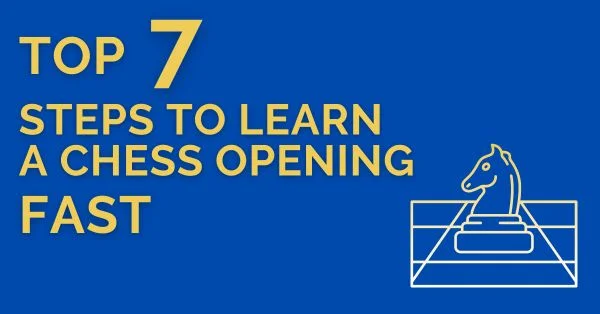
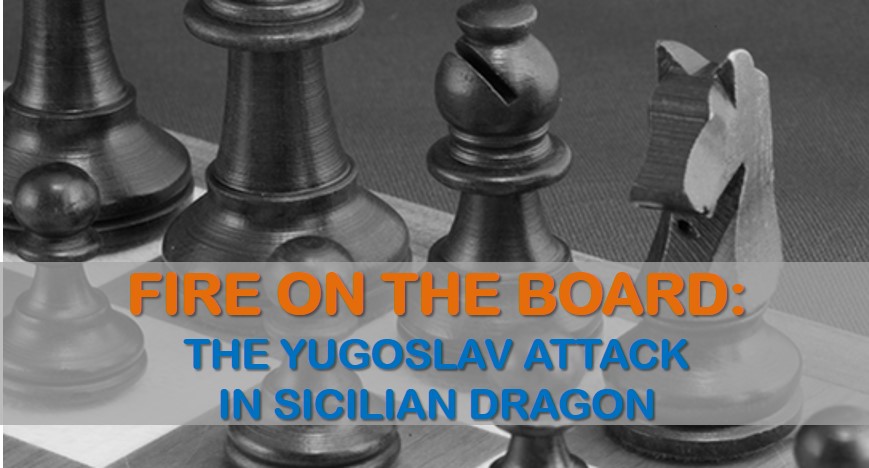
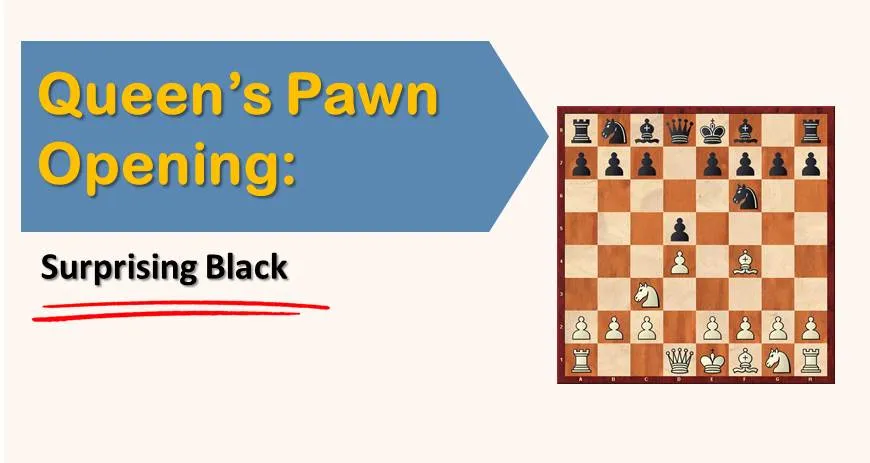




Comments: